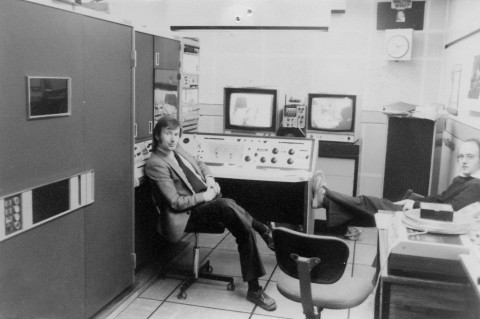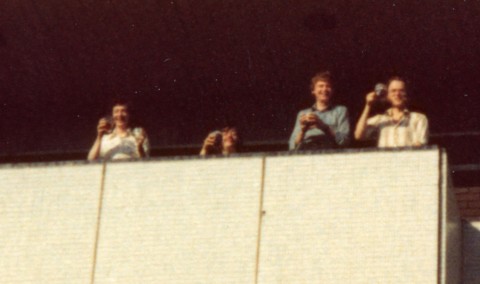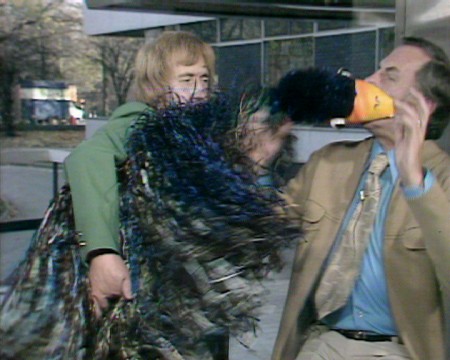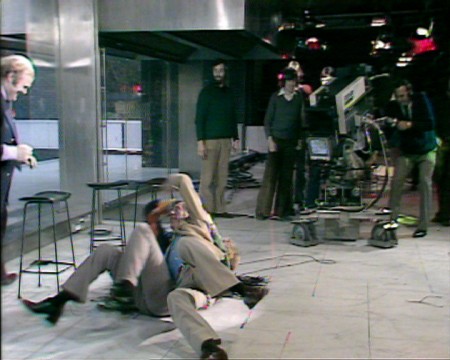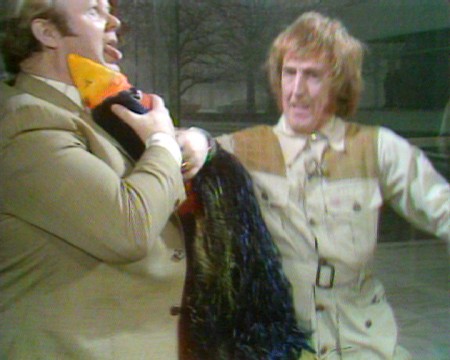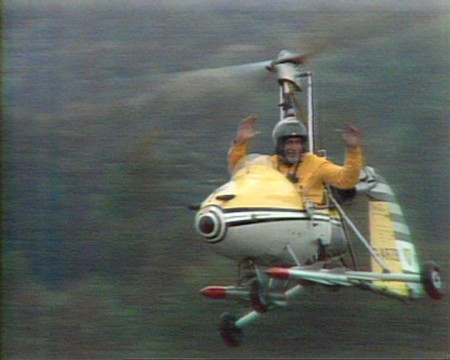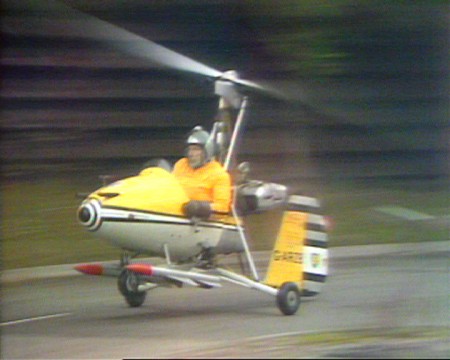As with most of the equipment in the programme chain, TK needed regular alignment and adjustment to get the best pictures. There were daily alignment procedures, normally left until the machines had been on for at least half an hour, and long term alignment done periodically to make sure everything was working in the right range. The TK Machines used discrete electronic components, i.e. individual transistors, rather than integrated circuits.(As did pretty much all the electronics in the ’70’s). As a result temperature drift, and voltage variations, had quite a marked effect upon the performance, and so most circuit boards had quite a lot of adjustable trimmers, to enable the system to work properly at standard levels. There was a SMPTE test loop which we ran in the machine in order to correctly set the image size, linearity, and focus, and other slides for setting afterglow correctors, photocell gain, etc.
A daily line up would normally take only a few minutes, up to perhaps 15 if things were a long way out, whereas a full lineup would take more like a couple of hours.
Some parts of the full lineup required boards to be put on extenders, which meant switching off, extending the card, switching on, waiting for things to settle, then finally making the adjustment. Then the machine would be switched off again the card returned to its slot and the machine re-powered. One then hoped that when the elecronics had stabilised, that the adjustment that had been made had stayed “in range”, otherwise the procedure would be repeated until it did.
The flying spot telecine tube ran at a voltage of 30kV and as such produced some “soft” X-rays so there were warning notices all over the area round the tube, warning of X rays and High voltages.
As an engineer one needed to be aware of the dangers posed by the machinary, and there were a lot of safety intelocks designed to prevent accidents of electrocution, or being caught by moving parts, but often needing to be overidden when making adjustments or repairs.
In those days the engineering department was a totally male preserve, it took a further decade before any female engineers appeared at Pebble Mill.
Ray Lee
The following comments were left on the Pebble Mill Facebook Group:
Pete Simpkin: ‘Good to see Jim Gregory in the TK picture. We were at Evesham together in the 1960s.’
Keith Brook: ‘That picture could have been taken at any time because whenever I went into Telecine, Jim was sitting just like that!!’
Mark Ray: ‘I knew Dave from Midlands Today traffic in PSCB during the 1980’s. Dave sadly passed away some years ago.’
Peter Greenhalgh: ‘Interesting note about the x-rays, I seem to remember the cabinet doors were lead-lined to keep the x-rays in?’
